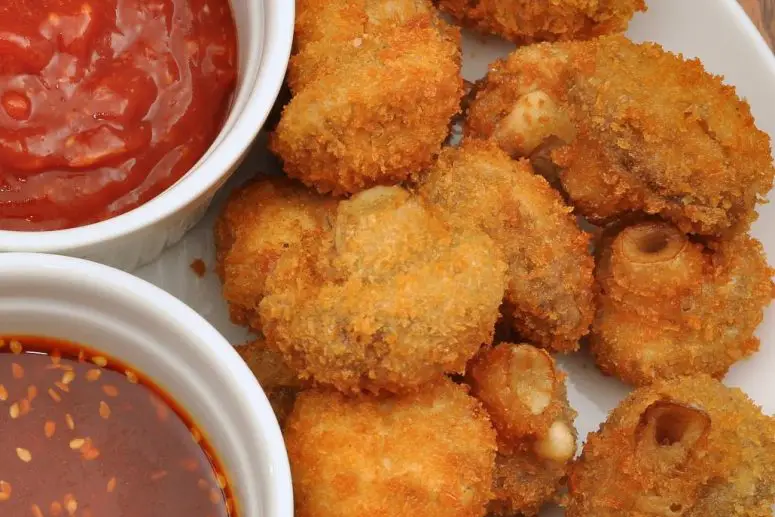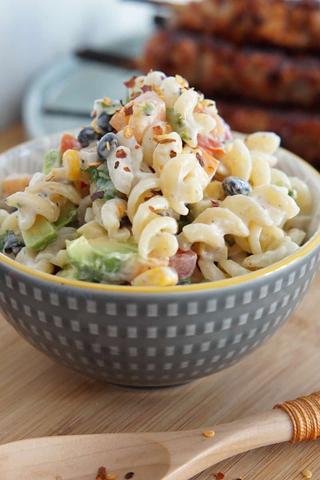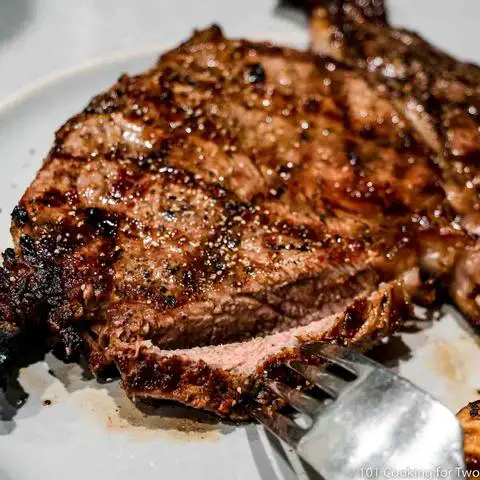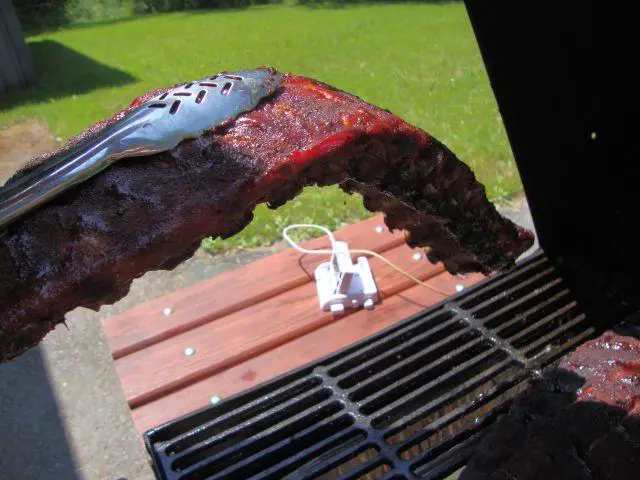
“Discovering the Strength: Unveiling the Power of Rib Bend Test in Structural Analysis.”
Rib Bend Test: What it Means and How to Do it
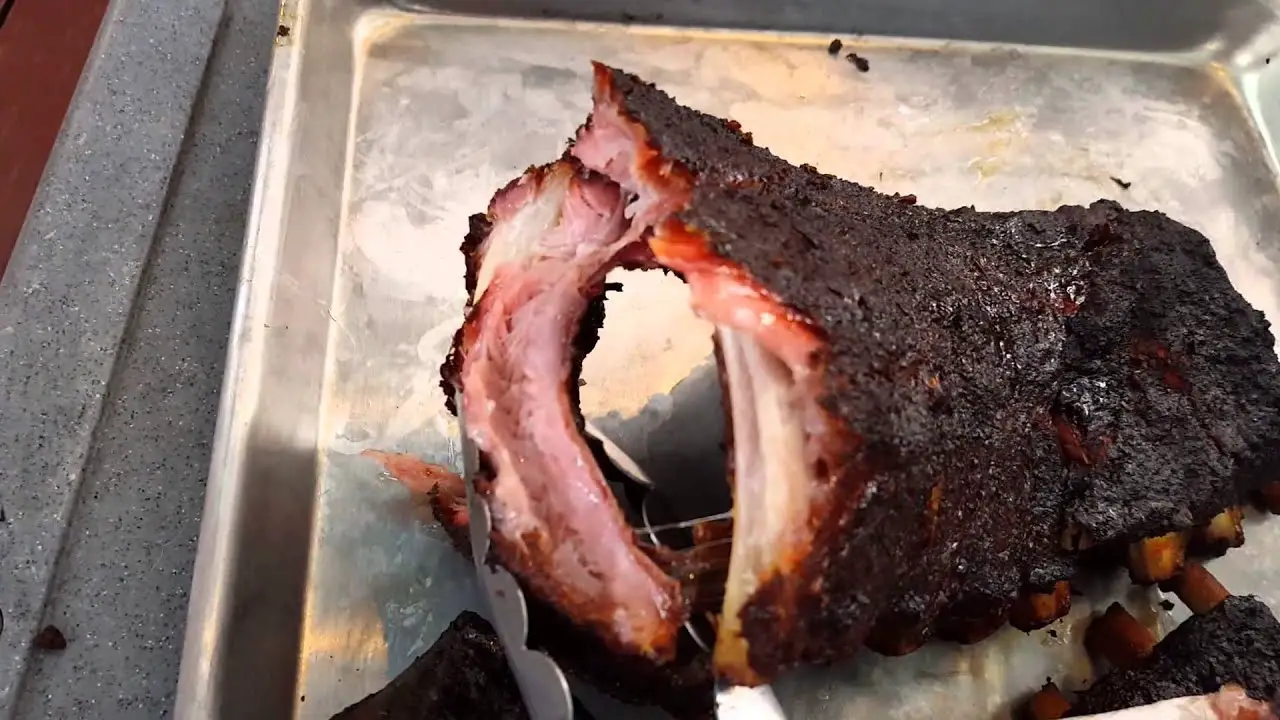
The rib bend test is a reliable method for assessing the tenderness of ribs. It involves picking up a rack of ribs from one end and allowing them to bend at the 5th rib. If the ribs bend at a 45 degree angle or more, they are considered done. This test can be combined with the tear test, where you tear a bone away from the meat and check if it tears cleanly, to determine when the ribs are fully cooked.
To perform the rib bend test, use tongs or gloves to grab the rack of ribs at about the 5th rib. Lift the ribs up and observe how much they bend. If they reach a 45 degree angle or more, they are ready to be served. However, it’s important to note that this method is not suitable for achieving “fall off the bone” ribs, as those would be considered overcooked by many barbecue enthusiasts.
What is the Rib Bend Test?
The rib bend test is a method used to determine the tenderness and doneness of ribs during the smoking process. It involves picking up the rack of ribs from one end and allowing them to bend at a specific rib. If the ribs bend at a 45 degree angle or more, they are considered done.
This test is not suitable for achieving “fall off the bone” ribs, as it may indicate overcooked ribs. Instead, it is used to determine when the ribs have reached a tender and flavorful state. The bend test can be combined with other methods such as the tear test to further confirm if the ribs are done.
Can you Bend Test “Fall Off the Bone Ribs”?
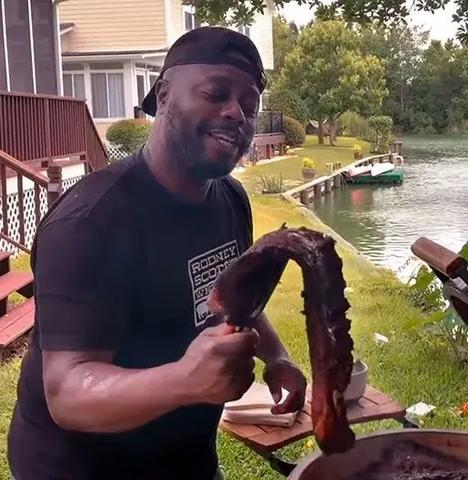
The bend test, as described in the previous section, is not suitable for determining the tenderness of “fall off the bone ribs.” These ribs are typically cooked until they are extremely tender and almost melting in your mouth. If you were to perform the bend test on fall off the bone ribs, they would likely tear apart completely under their own weight.
The desired texture for fall off the bone ribs is achieved by cooking them longer and at higher temperatures. Instead of relying on the bend test, you can use alternative methods to determine if these ribs are done. One method is to leave them wrapped longer and cook them well beyond 205F, somewhere around 210F-213F. Another option is to use the tear test – if you can easily pull a bone off the back of the rack, then they are likely cooked to perfection.

In conclusion, the rib bend test is a reliable method for evaluating the mechanical properties of materials. This simple yet effective test helps determine the strength and flexibility of ribs, ensuring their durability in various applications. By subjecting ribs to controlled bending forces, manufacturers can make informed decisions about material selection and design modifications to enhance product performance and longevity.
Learn More About Grilling
If you want to learn more about grilling, check out these other helpful resources!

